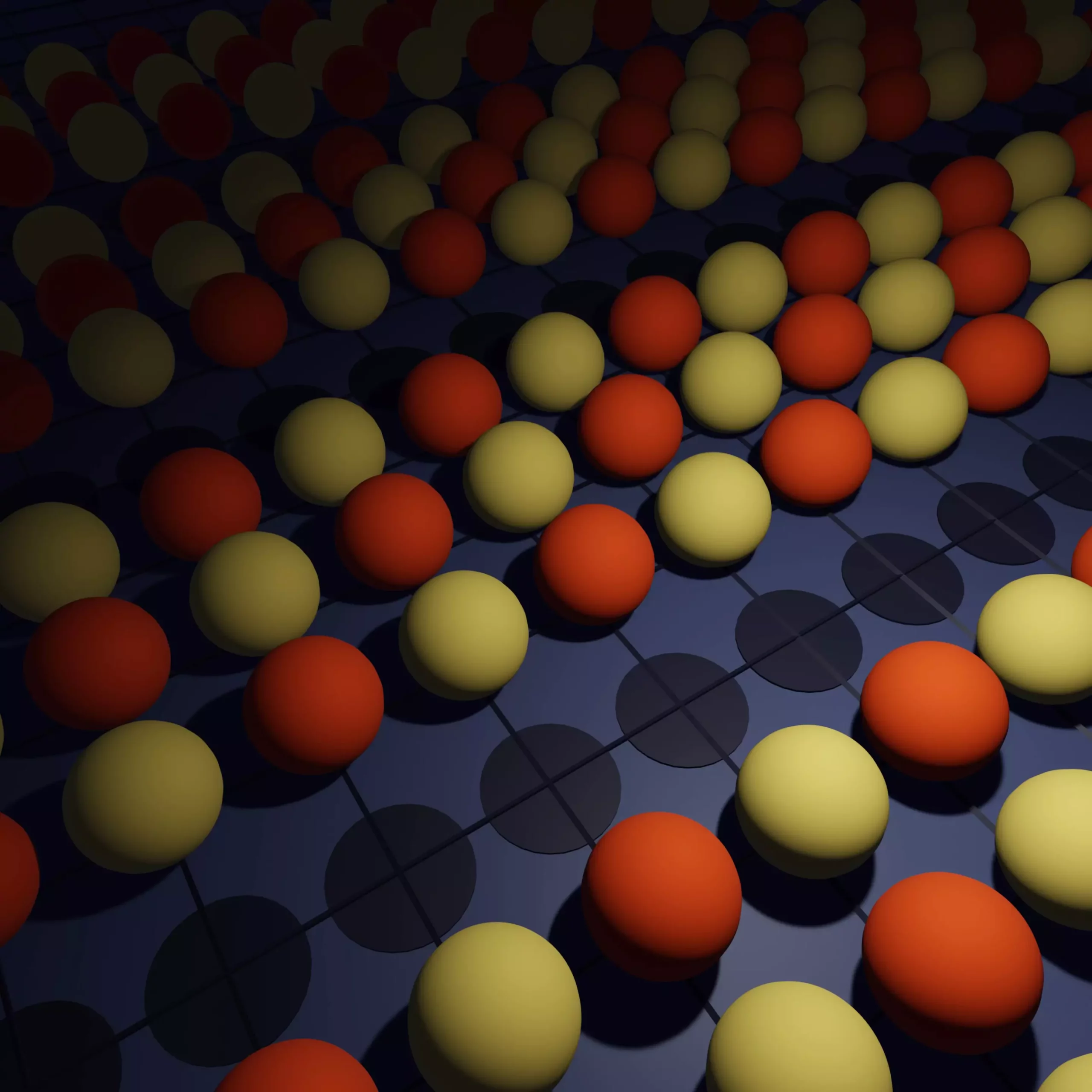The quest for room-temperature superconductivity is one of the most ambitious challenges in condensed matter physics. Achieving this breakthrough could lead to remarkable advancements in technology, including lossless energy transmission, high-speed maglev trains, and enhanced imaging in medical fields like MRI. Recent research has brought scientists a step closer to this elusive goal by shedding light on a phenomenon called the “pseudogap,” which has long intrigued physicists due to its complex relationship with superconductivity.
The pseudogap state, typically observed in certain high-temperature superconductors involving copper-oxygen compounds, features materials that behave partly like conventional metals while also exhibiting characteristics typical of semiconductors. These materials maintain superconductivity at incredibly low temperatures, specifically below minus 140 degrees Celsius. However, their behavior above these temperatures remains enigmatic, with researchers puzzled over the role and persistence of the pseudogap as temperature fluctuates.
Recent studies, including a groundbreaking paper published in *Science*, have suggested that the pseudogap is central to understanding high-temperature superconductivity. The research team employed advanced computational techniques to analyze how the pseudogap manifests in superconducting materials. The findings not only clarified the features of the pseudogap but also positioned them within the broader theoretical framework of superconductivity as temperatures approach absolute zero, marking a significant advancement in physics.
The research highlighted the challenges posed by quantum entanglement, a phenomenon where electrons become interconnected and cannot be treated as independent entities even when separated. This complication makes directly computing the behavior of many electrons impractical, even for the most powerful supercomputers available.
One established computational framework used in this realm is the Hubbard model. It simplifies the behavior of electrons in a material by representing them on a two-dimensional chessboard where they can jump between adjacent squares. This model enables scientists to utilize various computational methods tailored for either low or high-temperature scenarios. However, the state of confusion arises within the intermediate temperature range, where the pseudogap resides, making it the most computationally challenging domain.
To tackle this issue, researchers implemented an algorithm known as diagrammatic Monte Carlo. This technique stands out from traditional quantum Monte Carlo methods by considering the interactions of the entire electron system concurrently rather than in segments. By simulating interactions across the entire “chessboard,” it becomes feasible to analyze complex electronic behaviors more accurately.
The most telling conclusions from this new wave of computational analysis revealed how the pseudogap evolves as materials cool down towards absolute zero. Researchers confirmed that when cooling, pseudogap materials tend to develop “stripes,” or organized arrangements of electrons. This observation suggests a novel pathway for superconductivity as the temperature decreases.
Moreover, the study uncovered a critical relationship between electron arrangement and the onset of the pseudogap. As electron configurations transition from uniformity to a variety of patterns—including regions where electron pairs coalesce, empty spaces, and striped formations—the materials plunge into the pseudogap state. Surprisingly, altering the Hubbard model allows for diagonal movements within the electron layout, facilitating the transition from the pseudogap to superconductivity under certain conditions.
The implications of these discoveries extend beyond theoretical computations in quantum physics; they also provide advancements in practical applications such as ultracold quantum gas simulation. In laboratory environments, researchers can cool atoms to ultracold temperatures and assemble them into grids, emulating the Hubbard model. With the capability to foster conditions resembling those in which the pseudogap forms, experimental and theoretical physics are drawn closer together, opening up new avenues for research and potentially, technological innovations.
Antoine Georges, co-author of the study and director of the Flatiron Institute’s Center for Computational Quantum Physics, encapsulates the excitement surrounding these developments. “We are witnessing a time when previously opaque problems in the field are becoming clearer,” he said. The collective efforts of scientists tackling the complexities of the pseudogap mark a critical juncture in the physics community, and potentially pave the way for escaping some of the long-standing challenges in achieving room-temperature superconductivity.
The recent advancements in understanding the pseudogap present a pivotal moment for condensed matter physics. By blending sophisticated computational techniques with experimental physics, researchers continue to push the boundaries of our understanding, inching closer to the holy grail of superconductivity and transforming our technological landscape.


Leave a Reply